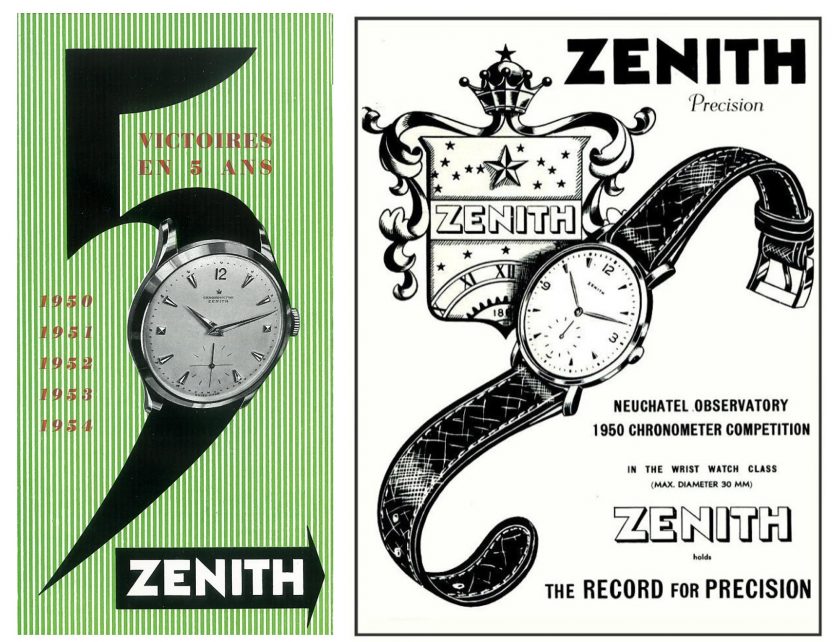@thepocketwatchman
Today, I want to show you one of my favourite watches built in the Soviet Union, the Vostok Precision. It is probably the first watch with chronometer certification manufactured for use by the civilian population.
But why do I think it is a special watch? Let’s find out.

From the mid-50s until the late 60s, many watch brands, movements, and designs came out of the Soviet watch factories… The Soviet watch industry at the time enjoyed an incredible boom, both in terms of modernisation and production numbers. I believe it is the industry’s golden age. Soviet watches were no longer brutish, and they began to be exported to many countries. Our protagonist, is fruit of this era of development.
Whether the Soviet Union, at that time, had the capacity to develop a chronometer-standard caliber is fairly questionable, in my opinion. The Soviets had patented electric clocks as early as the 30s, and made incredible progress in other scientific fields, such as the space race, for example. However, in order to match Western design, production and quality standards, quickly, the Soviets had little choice but to look West for assistance. Prior similar examples of this come to mind, such as when Hampden arguably laid the foundational stone of the Soviet watch industry, or the later assistance from French firm Lip to modernise said industry.
In the case of Vostok Precision, the Soviets looked at the Zenith Chronometer 135 for inspiration. I would like to point out that in most of the literature covering the history of Soviet watch-making, this ¨inspiration¨ is inevitably portrayed as ¨copy¨. In my opinion, this widespread vision is misleading. Whenever documentation has been lacking to support such claims of intelectual property theft, a lot of writers have traditionally just romanticised about spies and the Cold War.
Nevertheless, we must inevitably look at the Zenith 135. A while back, I encountered a very interesting article, by Ilias Giannopoulos in Monochrome’s blog, about this magnificent watch. The Zenith 135 was introduced in 1949 and won five consecutive Neuchâtel Observatory Chronometry Prizes, from 1950 to 1954. The article introduces a lot of material about the creator of the piece, Ephrem Jobim, and its success.
Below we include an image of the magnificent Zenith 135.

And further below, we reproduce some period advertisements for the watch.

Later in the article, the writer goes over the extensive number of Soviet designs that were “copies” of their western counterparts. Then the Vostok Precision is introduced. The tone is typical, using inverted commas to qualify the words “acquired” and “versions”. However, no evidence whatsoever is provided to suggest that a genuine purchase did not take place. As I mentioned earlier, it always seems that the easiest solution is to assume theft on the part of the Soviets.
Did the Soviets merely copy the Zenith patent? Or did they buy rights to it, as had already happened on many prior occasions? Moreover, after seeing many Motorola-made quartz units in Soviet quartz watches from the 1970s, I prefer to be cautious about statements of this kind, since the Soviet Union and the West traded extensively with one another even during the Cold War. Finally, in this declassified CIA document, originally from 1958, we can also see that it was not only the Soviets who spied and stole patents. There is a whole section in the piece dedicated to the Soviet watch factories.
The first derivative calibers of the Zenith 135, manufactured in Chistopol, appeared in the mid-50s. Specifically, the Vostok 2802/3 calibres, which maintained the seconds hand in the 6 o’clock sub-dial. However, they appeared without the chronometer certification stamped on the dial and it cannot be assured (without seeing a passport of the watch or some other type of document) that these initial calibers were GOST (State Standards of the Soviet Union) precision certified, whereas the later 2809 caliber certainly was.

In 1957, the Soviets presented the Vostok 2809 caliber, which included substantial modifications compared to the Zenith 135, or the Vostok 2802/3.

The three main modifications entailed a central seconds hand, a considerably larger main wheel, and 22 jewels, instead of the original 17. The technical characteristics of the 2809 can be compared to those of the Zenith 135 via the enclosed links.
Below we include a further image from a later catalogue, where the claimed accuracy of the piece is the highlight.

This 2809 caliber was used in two additional Soviet watch brands, Volna and Almaz. These used lower grade movements, with poorer accuracy and finishing. I will not go further into this subject, as it is beyond the scope of this post, although it is important to be aware of these differences before entertaining the purchase of a watch of these characteristics. Further reading on the matter can be found on this link, and the following one is essential reading.
My watch is 34 mm in diameter and has a lug width of 17 mm, very much in keeping with the period. The case is gold plated, with 20 ct gold. The dial and movement markings indicates it if from the period 1965-69. It could, potentially, be one of the last units ever built.


In short, the Vostok Precision is a beautiful classic watch, which was standard setting in its time, at least with the USSR, and, in my view, has nothing to envy other watches of its era, or category.


Precioso reloj Miquel.
Me gustan relojes exactos